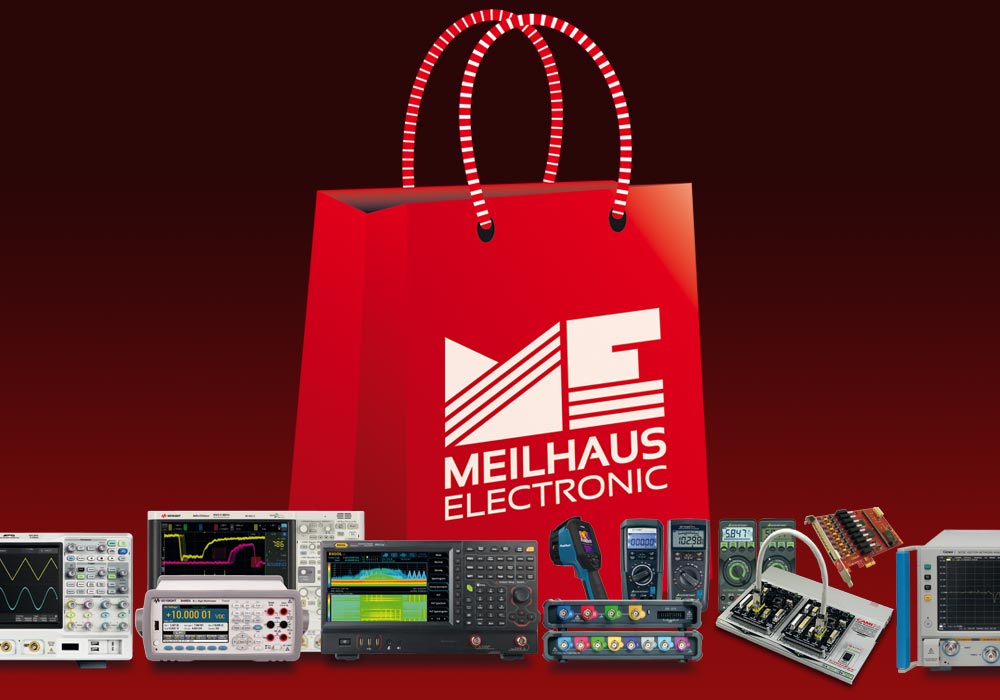Serial Interfaces RS232, RS422, RS485

Application Areas, Versions, Converters
Serial interfaces generally and in colloquial terms refer to data transmissions where the data bits are transferred chronologically one after the other over a logical line. In particular, the term "serial interfaces" is often used for RS232, RS422 and RS484.
Since the increased implementation of USB and Ethernet, RS232 (as well as the parallel printer interface) has lost importance in the PC as a communication interface for general peripherals. However, serial interfaces according to RS232, RS422 and RS485 are still used today:
Application Area
- Application area RS232: Configuration and service connections for example of switches and routers, laboratory devices and POS terminals (Point-Of-Sales).
- Application area RS485: Industrial field communication, e.g. basis for some field buses (PROFIBUS, MODBUS).
A simple, obvious solution to still be able to use RS232 or RS422/485 in modern PCs without serial interfaces is to convert USB to RS232 or RS422/485.
Some basic characteristics apply to serial data transmission:
Transmission Mode
- Simplex, directional mode: Data can be transmitted in only one direction.
- Half-duplex, alternating mode: Data can flow alternately, but not simultaneously, in both directions.
- Full duplex, reverse mode: Data can be transmitted in both directions simultaneously.
Data Structure
- Start bit marks the beginning of a transmission.
- Data bits contain the actual user data.
- Parity bit is used for parity checking/error detection; represents "even", "odd", "mark", "space" or "none".
- Stop bit marks the end of the message transmission.
Transmission Rate
- Bit rate: Data transmission rate in bits per second (bit/s or bps).
- Baud rate: Data transmission rate in symbols per second (baud, Bd). Depending on the coding, a symbol can comprise different numbers of bits of a data stream.
In Comparison: RS232, RS422 and RS485 Key Features
| Standard | Transmission | max. rate and distance | Lines | Topology | Max. devices |
| RS232 | Full-duplex | Not specified, up to 115.2 kbit/s and more/15 m | Max. 9: TxD, RxD, RTS, CTS, DTR, DSR, DCD, GND | Point-to-point | 1 |
| RS422 | Full-duplex | 10 Mbps/1.2 km | Max. 5: TxD+, TxD-, RxD+, RxD-, GND | Point-to-point | 1 (10 devices in receive mode) |
| RS485 | Half- or full-duplex (2 or 4 wires) | 12 Mbps/1.2 km | Multi-point | 32/256 with repeaters |
Data and Control/Handshake Lines
- TxD, RxD, for RS422/485 differential as TxD+/- and RxD+/-: Transmit and receive data lines, lines for user data.
- RTS - Request to Send and CTS - Clear to Send.
- DTR - Data Terminal Ready.
- DSR - Data Set Ready.
- (D)CD - (Data) Carrier Detect.
- RI - Ring Indicator.
- GND - Ground Line (Ground).
PC-Board Serial Interfaces
More Interfaces Converters for RS232, RS422, RS485
Get in Contact with the Meilhaus Electronic Team:




































